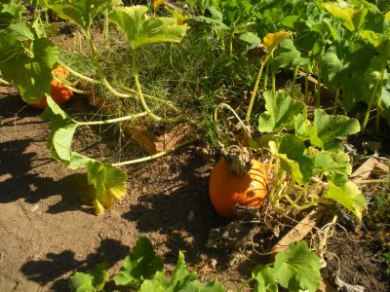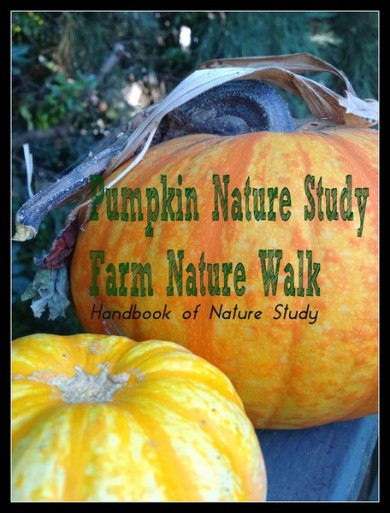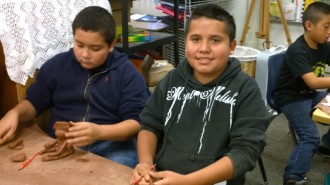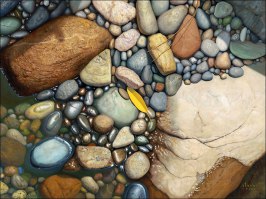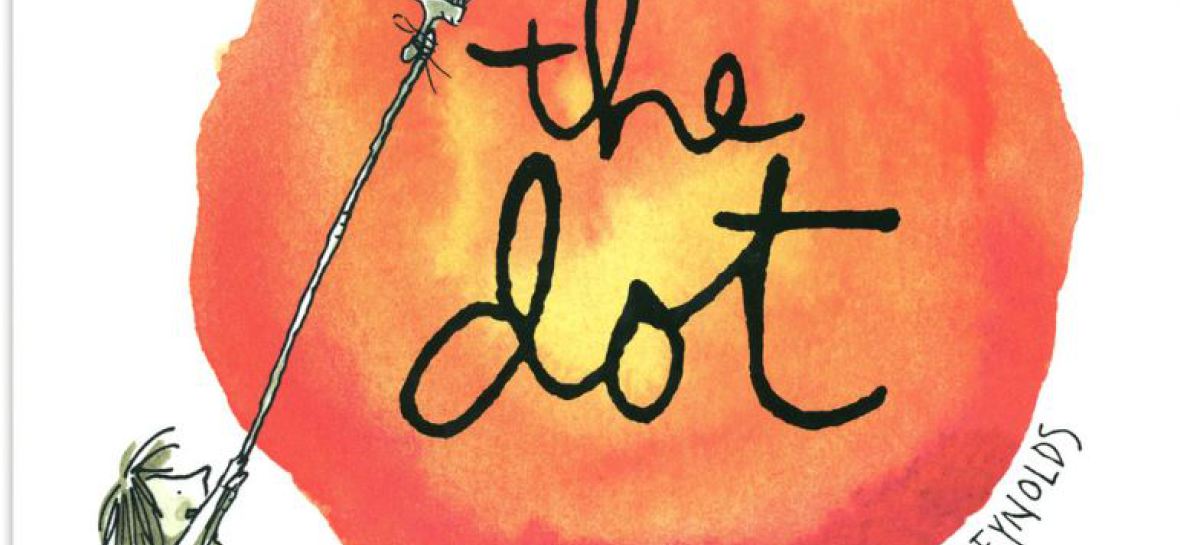

- I am an Artist; Arranging Stones
- Nature of Line Painting with Water
- I am Line; Drawing in Sand
- Oh, to be a Dog!
- The Cat's Pajamas
- Artists in School:Arranging Flowers
- Artists at Home
- Down on the Farm
- Pumpkin Patch Fun
- Leaf Printing
- Owl Babies
- Thanksgiving
- Gingerbread man
- Snowy Day
- Shadows
- Imagine a Miro
- Paint the Sky
- Spring has Sprung
- Blossoms and Bees
- The Hatching
- Snail Spells & Spirals
Let's Go to the Pumpkin Patch
In this unit the color splashing kinders will look for signs of autumn. What makes the leaves change colors? What makes the pumpkins grow?
What is the scarecrow's job?
They will engage in exploration and imaginative play with natural materials like leaves, squash, pumpkins and nuts. They will sort these objects by color shape and size. We will make a large leaf mandala and create a magic ring of leaves...a giant circle to dance inside under the blue October sky.
Collaboratively we will engage in creative art making in response to an art making problem like how do we preserve our fall leaves and memories.Can art represent a memory?
Through experimentation we will build skills in various media and approaches to art making. We will discover what two primary colors creates orange, through predicting and experimenting.
We will also learn poems and songs that complement the season.
These two videos inspired our pumpkin art project. It was awesome when one of my kinders pointed to Brian Vogan's moon and said, "Its got swirls like Van Gogh! " He was make a connection to "Starry Ni
I like this version because of the the pop up thought bubbles, encouraging literacy and the contrasting colors just pop!
Take a Nature Walk at a Pumpkin Farm
From the One Hour Out Door Challenge
Outdoor Hour
Challenge
Pumpkin Nature Study
There are several traditional pumpkin studies here on the Handbook of Nature Study:
- Autumn Series Pumpkin Study (2009) - printable notebook page available
- Crop Plants - Pumpkins -(seeds, vines, fruit)
- A new idea is to take a nature walk at a pumpkin farm. (October 2013 Newsletterhas a Pumpkin Farm Journal Page.)
Pumpkin Observations-Colors and Textures
- Use your magnifying lens to examine the parts of a pumpkin-skin, seeds, slime, stem. Record your observations, including its texture
- Use your crayons or markers to find just the right shade for the outside skin of your pumpkin. Create a nature journal page.
- Take photos of your pumpkin from all angles
Don't forget there is a Pumpkin Farm Journal Page and a Colors and Texture Grid Study in the October Newsletter.
My Favorite Read Alouds
Creating a Pumpkin, and turning it into a Jack-O-Lantern!
1. View the real pumpkins on the tables and talk about their forms and how we can represent the forms with circle or oval shapes. Students can practice drawing the shapes on a dry erase board first before beginning the project.
2. After putting on aprons students draw their pumpkin onto a large constrcution sheet of paper.
3. In sets of 2 students work together to mix primary red and yellow to become secondary orange. (Later we compared all the different orange values we created.)
4. Students then paint their pumpkins and let dry.
5. Students cut out their pumpkin shapes and glue down onto contrasting colored paper. We used purple. Then they used a black oil pastel to draw simple geometric shapes for eyes, nose and mouth.
6. They glued on candy corn to decoate their background with pattern. And they ate lots of them too!
Assessment
Art Cafe 4 Point Rubric
1.Does not Meet 2. Almost Meets 3. Meets 4. Exceeds
|
1 |
2 |
3 |
4 |
|
Painted pumpkin/Jack-o-lantern was not identifiable.
Random symbols were drawn
Did not follow directions
|
Sometimes creates visually recognizable images
Uses recognizable symbols on paper unrelated to directions |
Creates visually recognizable images
Follows specific directions with some guidance |
Develops own appropriate images; uses color and line in thoughtful ways
Able to work on specific assignments independently
|
|
Does not speak audibly. Egocentric focus during meetings or discussions |
Able to speak somewhat audibly and makes some appropriate comments during meetings or discussions
|
Able to speak audibly and talk about own work; listens to the comments of others
|
Able to speak audibly and talk about what is seen in other artists’ work |
|
Non-focused experimentation with tools and media |
Beginning to control media and tools; puts them away with help |
Is in control of media and puts tools and materials away with reminders |
Treats tools and media safely and with respect; cleans up without being reminded.
|
|
Only evaluates art according to “I like it.” “It is pretty.” |
Beginning to think critically about their art, and may give a simple reason they think their art is successful or not. But even with guidance or support they can’t go beyond their one reason.
|
Able to evaluate their art according to development and organization and decide if their work is successful or not with some guidance, giving two reasons. “I like my art because I drew my Jack-O- Lantern face funny and I made it orange. |
Able to evaluate their art according to development and organization and decide if their work is successful or not. I like my art because I used shapes to draw the face. and I painted stripes on my pumpkin. |
Artful Teaching
Mrs. Schellenberg & Young Artists
Ralph Waldo Emerson's Poem: Success- to leave the world a bit better, whether by a healthy child, a garden patch or a redeemed social condition; To know even one life breathed easier because of you.
Thank you AT&T
We used the wiring for our artful galimotos

